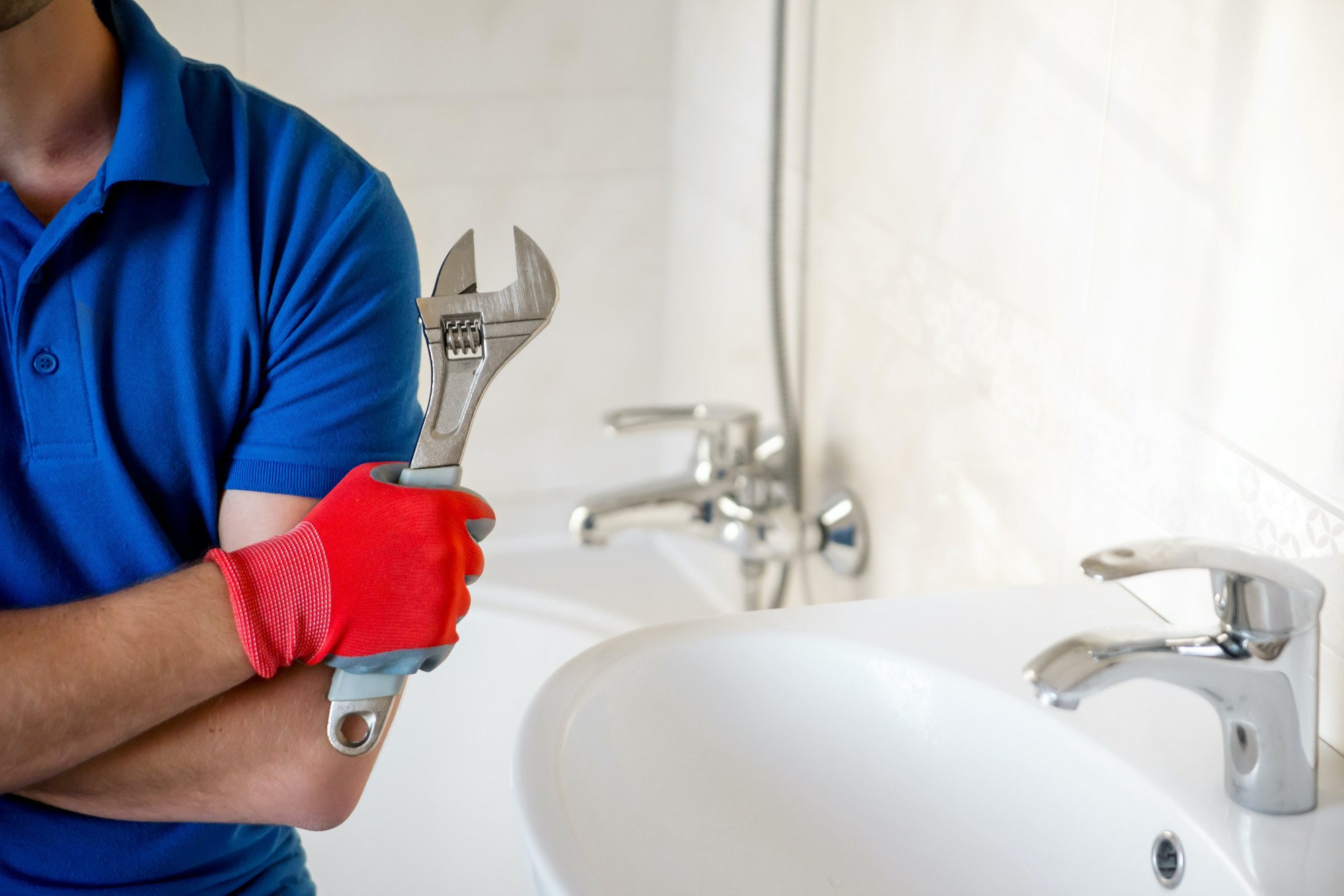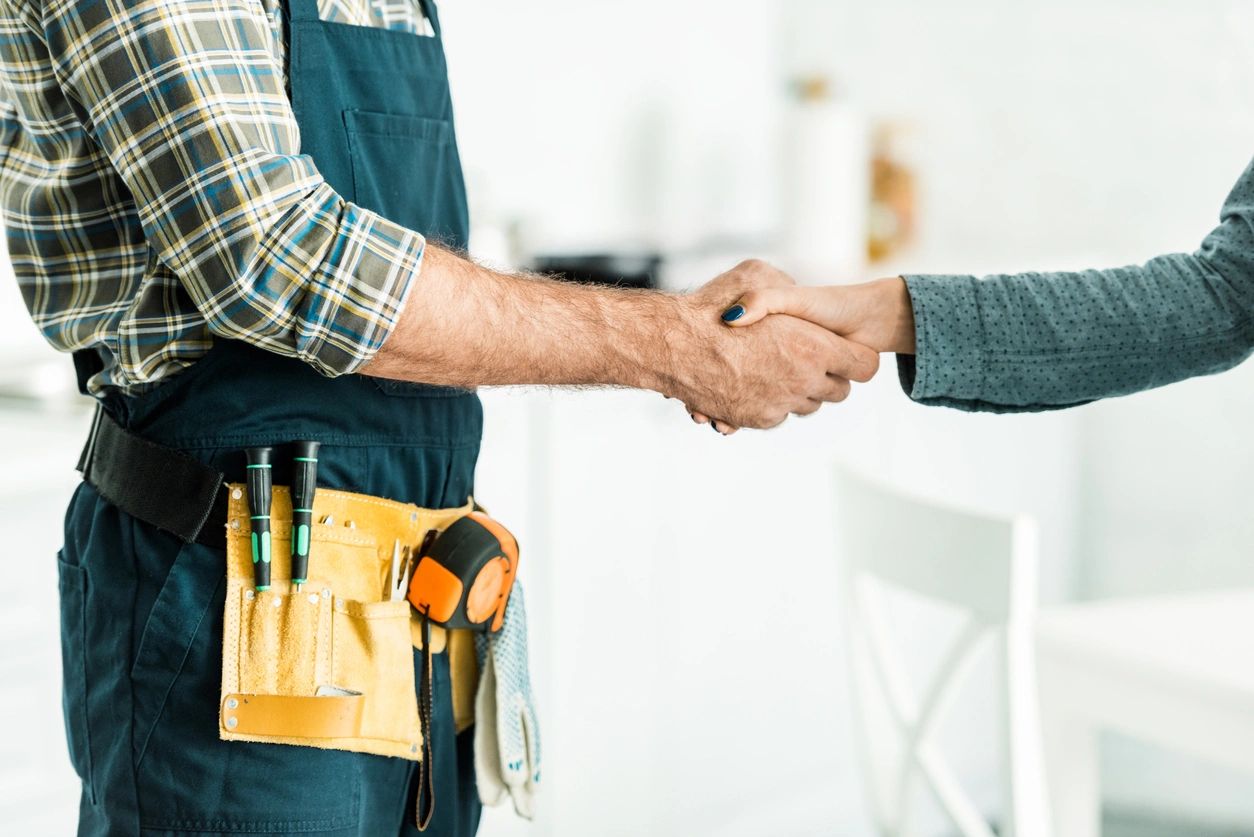Eco-Friendly Plumbing Systems: Shifting Your Home to an Eco-Friendly Environment
Eco-Friendly Plumbing Systems: Shifting Your Home to an Eco-Friendly Environment
Blog Article
How do you feel in relation to Environmentally Sustainable Home Plumbing?

Introduction
In today's globe, lasting living is coming to be increasingly vital. One location where homeowners can make a considerable impact is through eco-friendly plumbing options. By embracing environmentally conscious practices, houses can decrease their water and energy intake while adding to a healthier earth.
Water-Efficient Fixtures
Standard fixtures often waste water needlessly. Nevertheless, modern-day low-flow toilets, taps, and showerheads are developed to lessen water usage without compromising performance. These fixtures can dramatically reduce household water usage, causing lower water costs and a reduced environmental impact.
Greywater Equipments
Greywater describes carefully utilized water from resources such as showers, sinks, and cleaning makers. Rather than allowing this water go to waste, greywater systems reuse it for non-potable usages such as landscape irrigation and bathroom flushing. By implementing a greywater system, house owners can save fresh water sources and reduce strain on community wastewater therapy centers.
Rain Harvesting
Rainwater gathering entails gathering and saving rainwater for numerous functions, including watering, toilet flushing, and laundry. Rainwater gathering systems typically contain a collection surface area (such as a roof), gutters, downspouts, and storage tanks. By gathering rain, house owners can lower their reliance on local water sources and save fresh water sources.
Solar Water Heaters
Standard hot water heater depend on fossil fuels or electricity to warm water, contributing to carbon discharges and energy usage. In contrast, solar hot water heater use sunlight to heat water, providing a renewable and environmentally friendly alternative. By utilizing solar energy, property owners can reduce their energy expenses and lower their carbon footprint.
Green Pipeline Materials
Typical pipes products such as copper and PVC can have adverse environmental influences throughout production and disposal. However, there are lasting alternatives available, such as recycled steel, cross-linked polyethylene (PEX), and high-density polyethylene (HDPE). These environment-friendly pipe materials provide toughness, durability, and minimized ecological effect.
Energy-Efficient Devices
In addition to water-efficient components, energy-efficient home appliances can even more lower a house's environmental impact. High-efficiency cleaning devices and dishwashers make use of less water and power per cycle, helping to conserve sources and lower utility expenses. When buying devices, search for ENERGY STAR ® accredited versions for maximum performance.
Smart Water Monitoring Systems
Breakthroughs in modern technology have actually made it less complicated than ever before to check and enhance water usage in the home. Smart water management systems use sensing units and information analytics to track water usage in real-time, determine leaks, and give understandings for conservation. By applying smart water administration options, home owners can decrease waste and optimize performance.
Cost Considerations
While environmentally friendly pipes choices might have higher upfront expenses than typical options, they frequently give long-lasting savings with decreased water and power expenses. In addition, many governments supply rewards such as discounts and tax credit scores for environment-friendly upgrades, helping to offset first expenses.
Setup and Maintenance
Correct setup and routine upkeep are important for making sure the performance and longevity of environmentally friendly pipes systems. It's important to work with qualified specialists to set up and service these systems to stay clear of concerns and make the most of effectiveness. Regular maintenance tasks such as checking for leakages and cleaning filters can additionally aid stop problems and enhance performance.
Environmental Benefits
The ecological benefits of eco-friendly plumbing are significant. By saving water and power, home owners can decrease their carbon impact and decrease their effect on natural deposits. In addition, green pipes methods can help protect communities and protect biodiversity for future generations.
Wellness Perks
In addition to environmental benefits, environmentally friendly plumbing can also contribute to boosted indoor air high quality and wellness. By using non-toxic materials and reducing chemical direct exposure, home owners can create a much healthier living setting on their own and their households.
Government Rewards
Several federal governments use monetary incentives to encourage homeowners to embrace green pipes methods. These motivations might consist of rebates, tax obligation credit histories, and low-interest fundings for energy-efficient upgrades. By taking advantage of these programs, property owners can make environment-friendly enhancements more budget-friendly and available.
Verdict
To conclude, environment-friendly plumbing alternatives provide countless benefits for home owners and the setting alike. By buying water-efficient fixtures, greywater systems, rainwater harvesting, solar hot water heater, eco-friendly pipeline products, energy-efficient appliances, clever water monitoring systems, and other lasting options, houses can lower their environmental impact, lower their utility expenses, and add to a healthier earth for future generations.
Eco-Friendly Plumbing: Transform Your Home with Sustainable Plumbing Options
Understanding Eco-Friendly Plumbing System
At its core, eco-friendly plumbing is all about minimizing water and energy consumption in your home. It’s a green plumbing revolution changing how we think about our water supply and energy use. It offers many options for homeowners, whether you’re upgrading your home or dealing with an older home. By making these changes, you can help the environment, save money on your water and electricity bills, and create a greener, more sustainable home. So, read on to learn how to use eco-friendly plumbing solutions today.
Low Flow Fixtures: A Key to Water Conservation
One of the cornerstones of eco friendly plumbing is the use of low-flow fixtures. These fixtures, which include faucets, showerheads, and toilets, are designed to use much less water than their traditional counterparts. For instance, low-flow showerheads use significantly less water per minute than a standard showerhead without compromising the quality of your shower.
Low-flow toilets are another excellent example of water-saving options. They use fewer gallons of water per flush, making them a more water-efficient choice. By reducing your water usage, these fixtures contribute to a greener home and substantial savings on your water bills.
Maintaining an Eco-Friendly Plumbing System
Another critical aspect of eco-friendly plumbing is addressing water leaks promptly. A small water leak can waste much water over time, leading to water damage and increased water bills.
Regularly checking your plumbing system and fixing leaks can help save gallons of water and reduce your water bills.
Tankless Water Heaters: Hot Water When You Need It
Tankless water heaters, a popular choice in eco-friendly plumbing, are a revolutionary way to heat water in your home. Unlike traditional water heaters that constantly heat a tank of water, tankless water heaters operate on an on-demand basis. This means they only use energy when you need hot water, making them a more energy-efficient option.
This innovative approach to heating water can significantly reduce the energy your home uses. Traditional water heaters constantly work to keep a water tank heated, which requires much energy. In contrast, tankless water heaters heat water when needed, reducing energy consumption and saving money on energy bills. This is a great way to make your home more eco-friendly and embrace an eco-friendly lifestyle.
Insulating Water Pipes: Maximizing Energy Efficiency
Insulating your water pipes is another effective method in eco-friendly plumbing. Proper insulation can prevent heat loss, ensuring your hot water remains hot as it travels from your water heater to your faucet or showerhead. This means your water heater won’t have to work as hard to heat the water, thus saving energy.
For instance, insulating your water pipes can further enhance energy efficiency if you’re using a tankless water heater, which heats water only when needed. This is because the insulation reduces the heat lost as the hot water travels through the pipes, meaning the heater uses less energy to bring the water to the desired temperature.
Dual Flush Toilets: A Water Saving Option
Dual flush toilets are another excellent eco-friendly plumbing option that can help you save water. These toilets offer two flush options: one for liquid waste and one for solid waste. The liquid waste option uses less water than solid waste, allowing you to choose the water flow for each flush based on your needs.
Using less water for liquid waste, dual flush toilets can save thousands of gallons per year compared to traditional bathrooms. This can lead to significant savings on your water bills and contribute to a more sustainable and eco-friendly home.
Touchless Faucets: Saving Water With a Wave of Hand
Touchless faucets are a modern, eco-friendly plumbing option that can help reduce unnecessary water use. These faucets use motion sensors to turn on and off, meaning they only use water when you need it.
This can be particularly useful in the kitchen, where your hands might be full or dirty. Instead of leaving the water running while you handle food or clean dishes, the faucet will only run when your hand comes near the sensor. This reduces water flow and helps you use less water than traditional faucets, contributing to a more eco-friendly lifestyle.
Eco-Friendly Pipes: Eco-Friendly Plumbing Options
When considering eco-friendly plumbing options, paying attention to the materials used in your plumbing system is essential. Some pipes, like those made from copper or stainless steel, are recyclable and more environmentally friendly than PVC pipes. Choosing eco-friendly materials for your pipes can reduce your home’s environmental impact and create a more sustainable plumbing system. By making these small changes, you can make a big difference in your home’s eco-friendliness.
Eco-Friendly Plumbing: Make Your Home Greener
Switching to eco-friendly plumbing options can have a significant positive impact on the environment and your wallet. Not only can these changes reduce your water and energy consumption, but they can also help prevent water waste and damage, contributing to a healthier planet.
Eco-friendly plumbing is more than just a trend; it’s a lifestyle change contributing to a more sustainable future. By making these changes in your home, you can help the planet while saving money on your water and energy bills.
https://intownplumbingtx.com/articles/eco-friendly-plumbing/

As a fervent reader on , I was thinking sharing that topic was worthwhile. Loved our blog entry? Please share it. Help other people check it out. Thanks so much for taking the time to read it.
Call Report this page